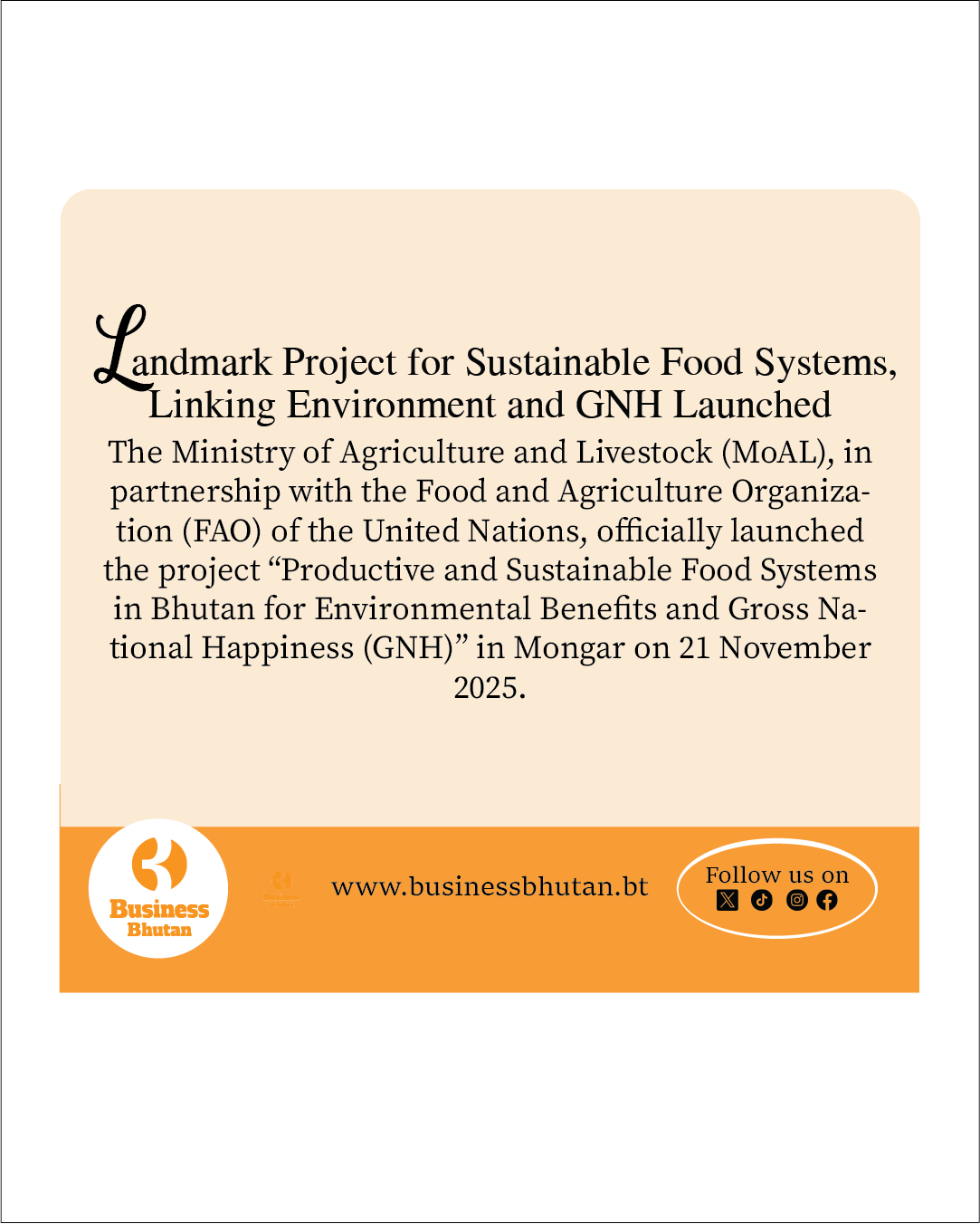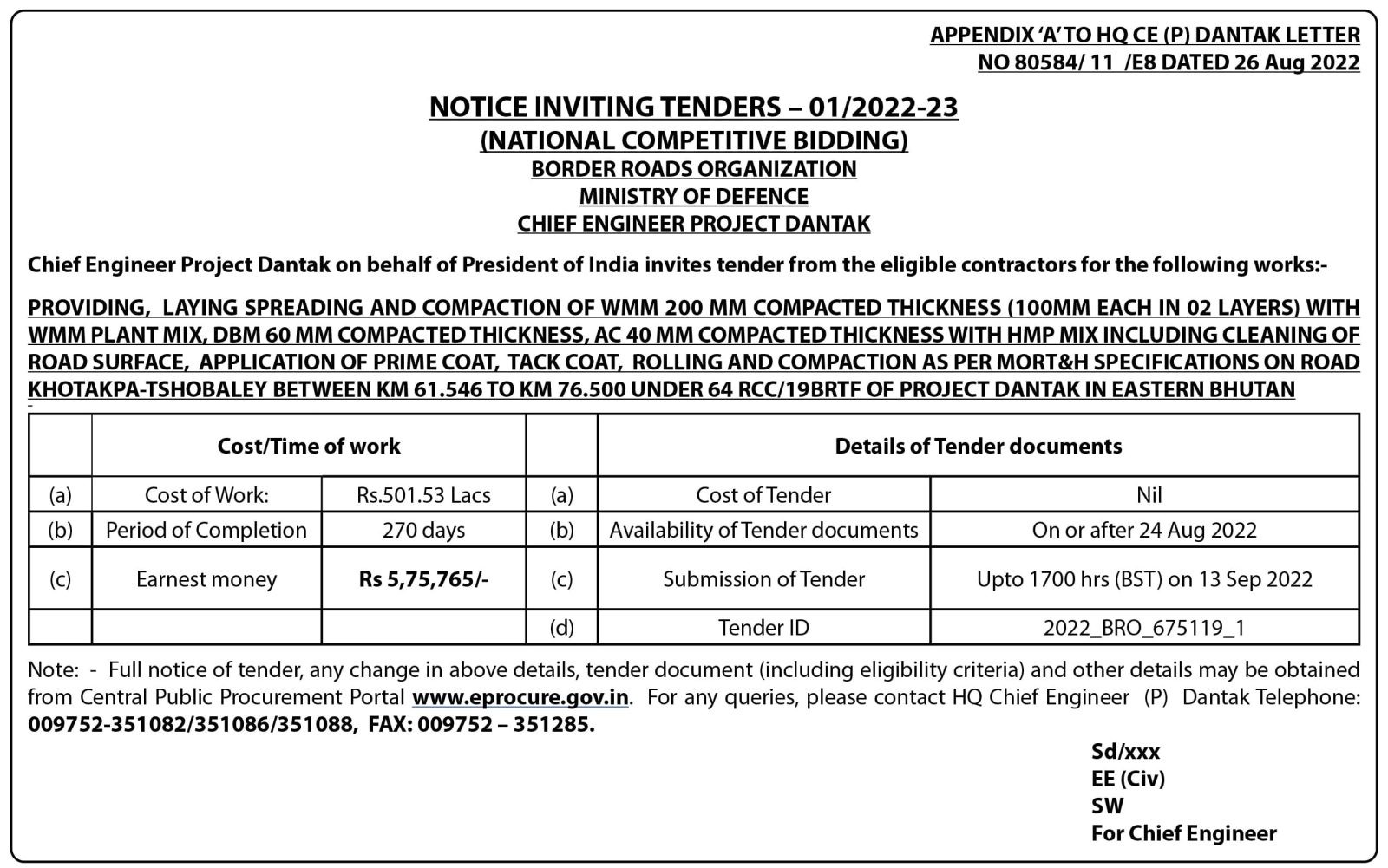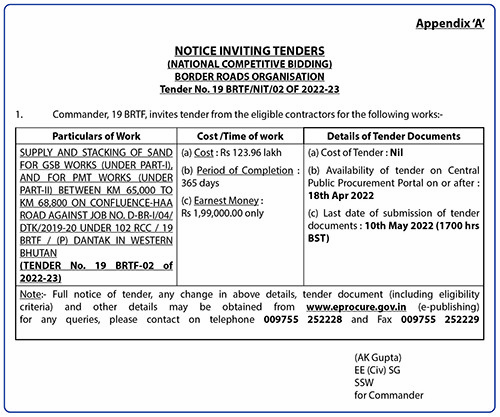The Ministry of Health (MoH) is intensifying its efforts to address the growing public health challenge posed by alcohol consumption. The Minister of Health, during the 15th Meet-the-press said that recognizing the alcohol related burden as a significant burden on the nation’s healthcare system and societal fabric, alcohol-related harm is now a central focus of government intervention, with comprehensive strategies aimed at reducing its impact.
According to the Minister of Health, the study done by the internationally accepted costing models by Mantheyet. Al., (2021) reports, alcohol-related harm accounts for an estimated Nu 6.5 billion annually which is equivalent to about 2.6% of the country’s GDP.
He said that alcohol consumption continues to exert a substantial burden on Bhutan’s health system and society. Bhutan incurs an estimated annual loss of Nu 6.5 billion due to alcohol-related harm-equivalent to approximately 2.6% of GDP. The minister said that of this, Nu 2.5 billion is attributed to direct costs- including healthcare, crime, and traffic accidents and Nu 4 billion represents indirect costs, such as lost productivity, disability, and premature mortality.
For instance, alcoholic liver disease is consistently the top cause of death in the country, and the country observed a near doubling of alcohol-related mental and behavioral disorders since 2019, as reported in the Annual Health Bulletins.
Additionally, alcohol was a contributing factor in roughly 10% of the 1,062 road traffic accidents reported by the Royal Bhutan Police in 2023. A hospital-based study at JDWNRH revealed that 37% of all injury cases tested positive for alcohol.
The minister said that these are not just mere figures but represent lives lost, families destabilized, and an increasing strain on already stretched health resources. To address the issues the MoH is taking several key interventions such as raising awareness and education, health interventions, regulatory reforms, and community engagement.
The minister said that the nationwide public campaigns and school-based programs aim to educate youth and communities about the risks of alcohol misuse and collaborative efforts with community leaders, youth networks, and civil society organizations promote alcohol-free events and positive behavioral change.
Additionally, alcohol screening and brief intervention services are now being incorporated into primary health care delivery. All levels of health facilities provide brief interventions services such as counselling, assessing and case referral to higher centers. “Whereas, higher centers such as district and referral hospitals provide additional services such as detoxification and treatment of alcohol use disorders and moreover, detoxification services are available from all the district hospitals,” the minister said.
The Ministry is also facilitating and refer people with alcohol use disorder (requiring rehabilitation) for rehabilitation services in a few centers run by CSOs.
Regulatory measures are also being strengthened, including advocacy for tighter control over the number and operating hours of alcohol outlets, reintroduction of designated dry days, and strict enforcement against sales to minors with mandatory ID verification. The government is also pushing for a reduction in the legal blood alcohol concentration (BAC) limit from 0.08% to 0.05% to align with global standards and reduce road accidents.
Recognizing the influential role of religious institutions, the ministry is working closely with monastic leaders to integrate alcohol prevention messages into spiritual teachings and community rituals. The minister said that the trained monks and health coordinators from Zhung Dratshang and Choedhey Lhentshog are now providing health education on non-communicable disease risks, including harmful alcohol use.
Looking ahead, the Ministry has also outlined long-term strategies emphasizing health equity, prevention, and multisectoral collaboration. These include formulating a multi-sectoral action plan based on lessons from previous frameworks, increasing taxes on alcoholic beverages, and exploring minimum pricing policies to curb excessive consumption. Efforts are also underway to strengthen regulations on alcohol advertising targeting youth and to enhance early detection and treatment of alcohol use disorders through capacity building and digital tools.
Nidup Lhamo from Thimphu




![Fresh Beginnings: Pasakha Vendors Gear Up for New Vegetable Market - Duplicate - [#16963] Fresh Beginnings: Pasakha Vendors Gear Up for New Vegetable Market - Duplicate - [#16963]](https://businessbhutan.bt/wp-content/uploads/2025/11/Asset-200.png)











